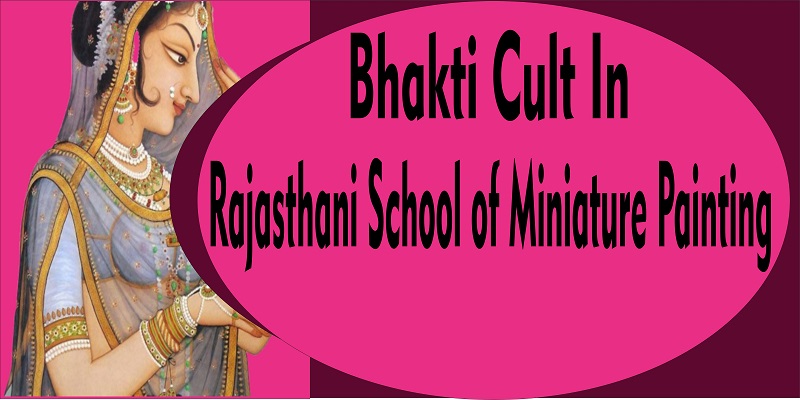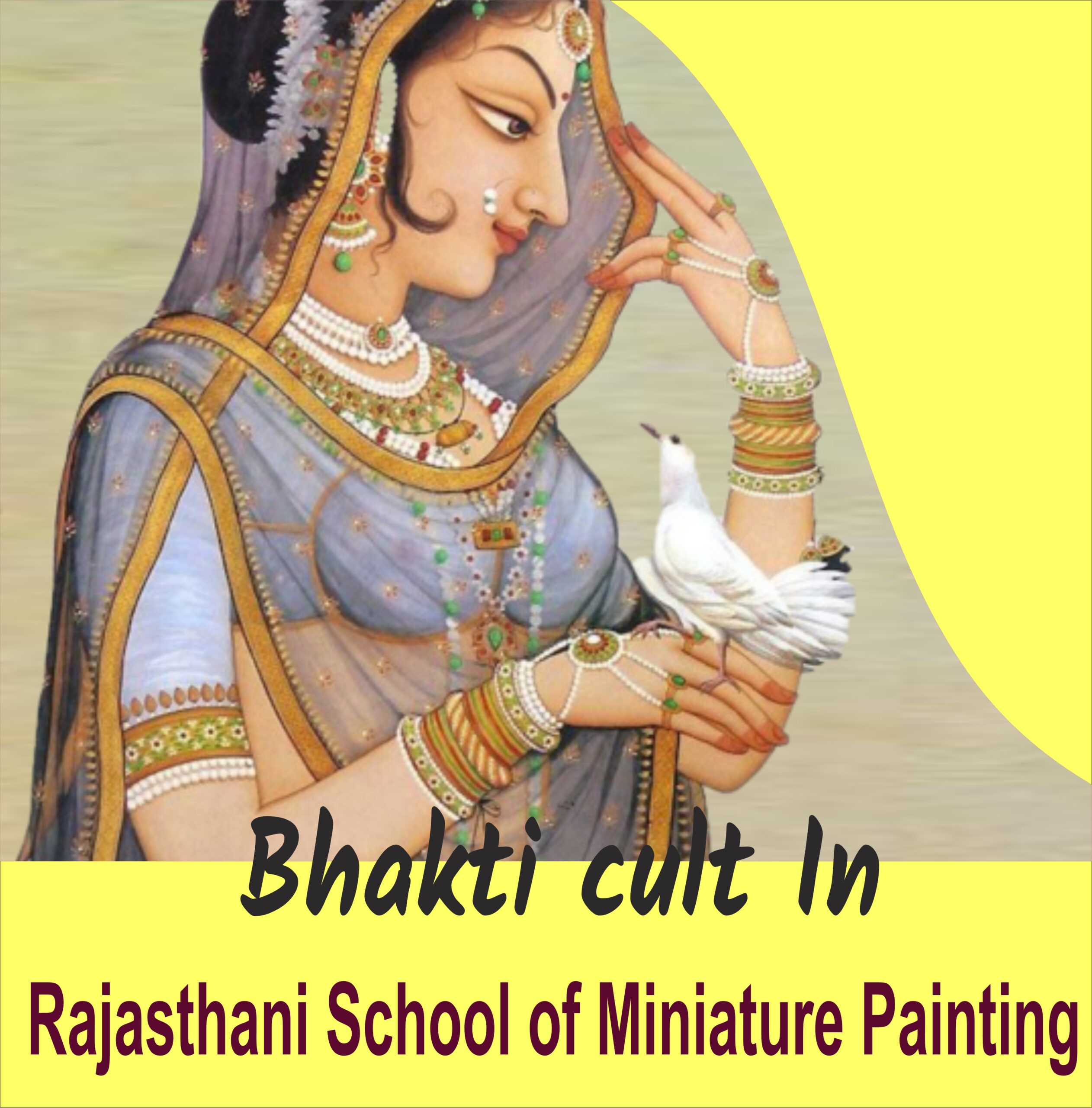
Introduction:
In the heart of India’s artistic heritage lies a mesmerizing fusion of devotion and creativity – the Rajasthani School of Miniature Painting infused with the spirit of the Bhakti movement. This union gave birth to a unique visual language that expressed profound spiritual emotions, vibrant tales of devotion, and an aesthetic journey that remains etched in history. Let’s explore the interplay between the Bhakti movement and Rajasthani miniature art, as well as the iconic figures who left an indelible mark on this captivating narrative.
Bhakti Movement and Its Resonance in Rajasthani School of Miniature Painting
Bhakti Movement and Its Essence:
The Bhakti movement, which originated around the 7th century, focused on a deep personal connection between the individual and the divine, transcending societal barriers and rituals. It emphasized the path of devotion, seeking to establish an intimate relationship with the divine rather than rigid adherence to religious norms.
Rajasthani Miniature Painting: The Canvas of Devotion:
Against this spiritual backdrop, the Rajasthani School of Miniature Painting flourished, offering a visual interpretation of the Bhakti movement’s core ideals. The intricacies of this art form provided a medium to depict not just narratives but also the emotions, fervour, and connection that Bhakti sought to embody.
Influential Figures and Their Impact:
Several luminaries emerged from the Bhakti movement, profoundly influencing Rajasthani miniature painting and shaping its themes. Here are some iconic figures whose essence infused this art form with a divine fervour:
- Meera Bai (1498-1547): A prominent figure in the Bhakti movement, Meera Bai’s unwavering devotion to Lord Krishna ignited a creative explosion in the world of Rajasthani miniatures. Her mystic love poems and passionate devotion found expression in vibrant paintings, often depicting her communion with Lord Krishna.
- Surdas (1478-1583): A revered saint-poet, Surdas’ compositions celebrated the divine love between Radha and Krishna. His poetic verses, known as “Surdas Bhajans,” inspired artists to create ethereal portrayals of these celestial lovers.
- Sant Dhyaneshwar (1275-1296): While not exclusively associated with Rajasthan, the teachings of Sant Dhyaneshwar, a key figure in the Bhakti movement, reverberated across India. His emphasis on unity, love, and connection with the divine inspired miniature artists to create soul-stirring depictions.
- Namdev (1270-1350): A saint renowned for his devotion to Lord Vitthal, Namdev’s verses and stories became a rich source of inspiration for painters to capture his spiritual fervour and the essence of his teachings.
Visual Expressions: Bhakti Movement in Rajasthani Miniatures:
Rajasthani miniatures, through vibrant colours and intricate detailing, breathed life into the Bhakti movement’s ideals. Scenes from Meera Bai’s ecstatic moments, Radha-Krishna’s divine love, and the timeless devotion depicted in these paintings conveyed the spiritual ardour and transcendental connection that the Bhakti movement stood for.
Conclusion:
The intertwining of the Bhakti movement’s spiritual fervour with the Rajasthani School of Miniature Painting created a tapestry of devotion that resonates through time. The artistic expressions crafted by the hands of gifted artists captured not only narratives but also the essence of divine love, devotion, and the human quest for transcendence. As we admire these miniatures, we’re reminded of the power of art to translate the ineffable into the tangible, connecting generations and spirits through the timeless thread of devotion.

I really appreciate this post. I have been looking everywhere for this! Thank goodness I found it on Bing. You’ve made my day! Thx again
I believe this site has got some real good information for everyone : D.